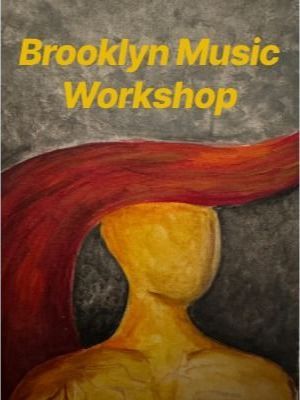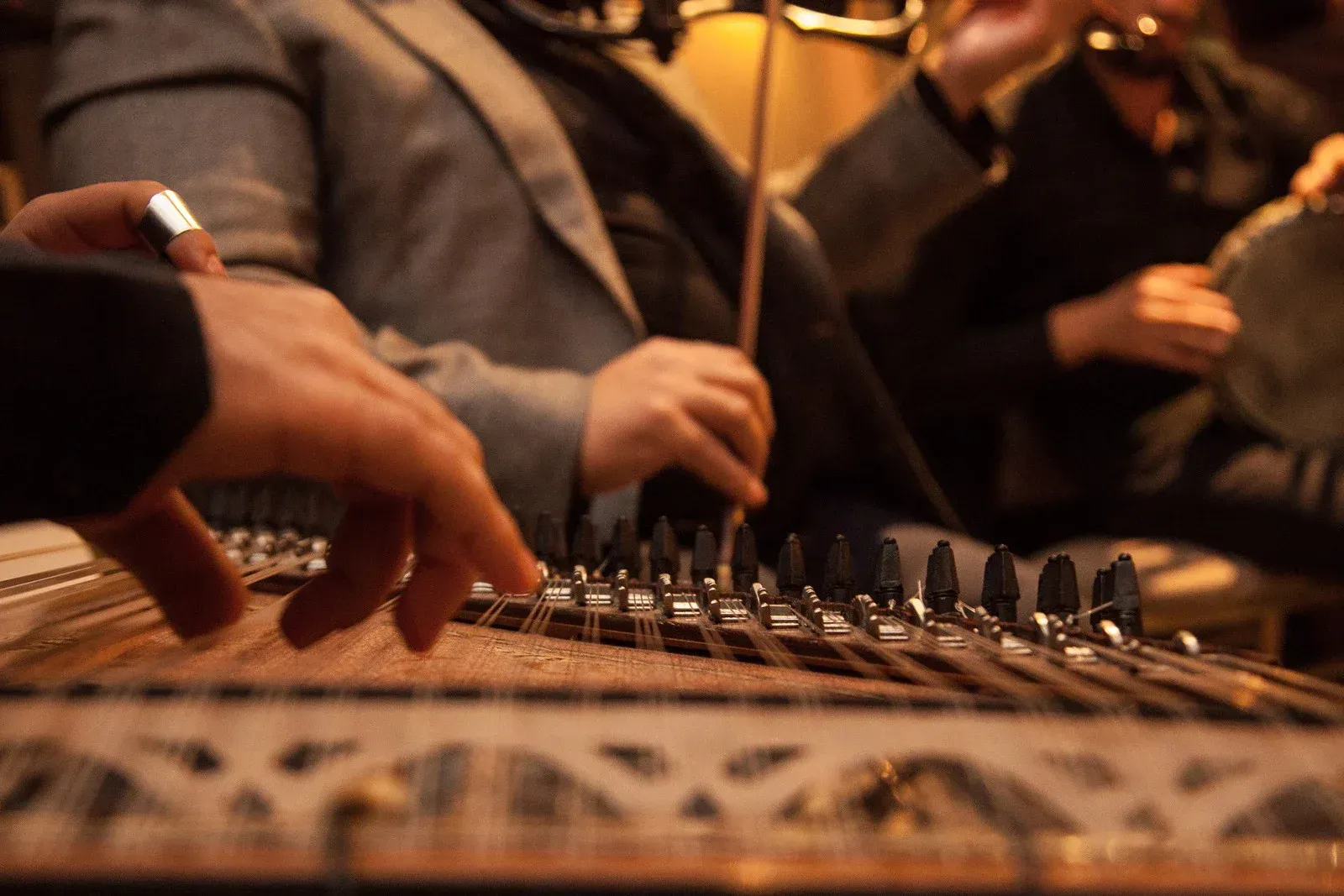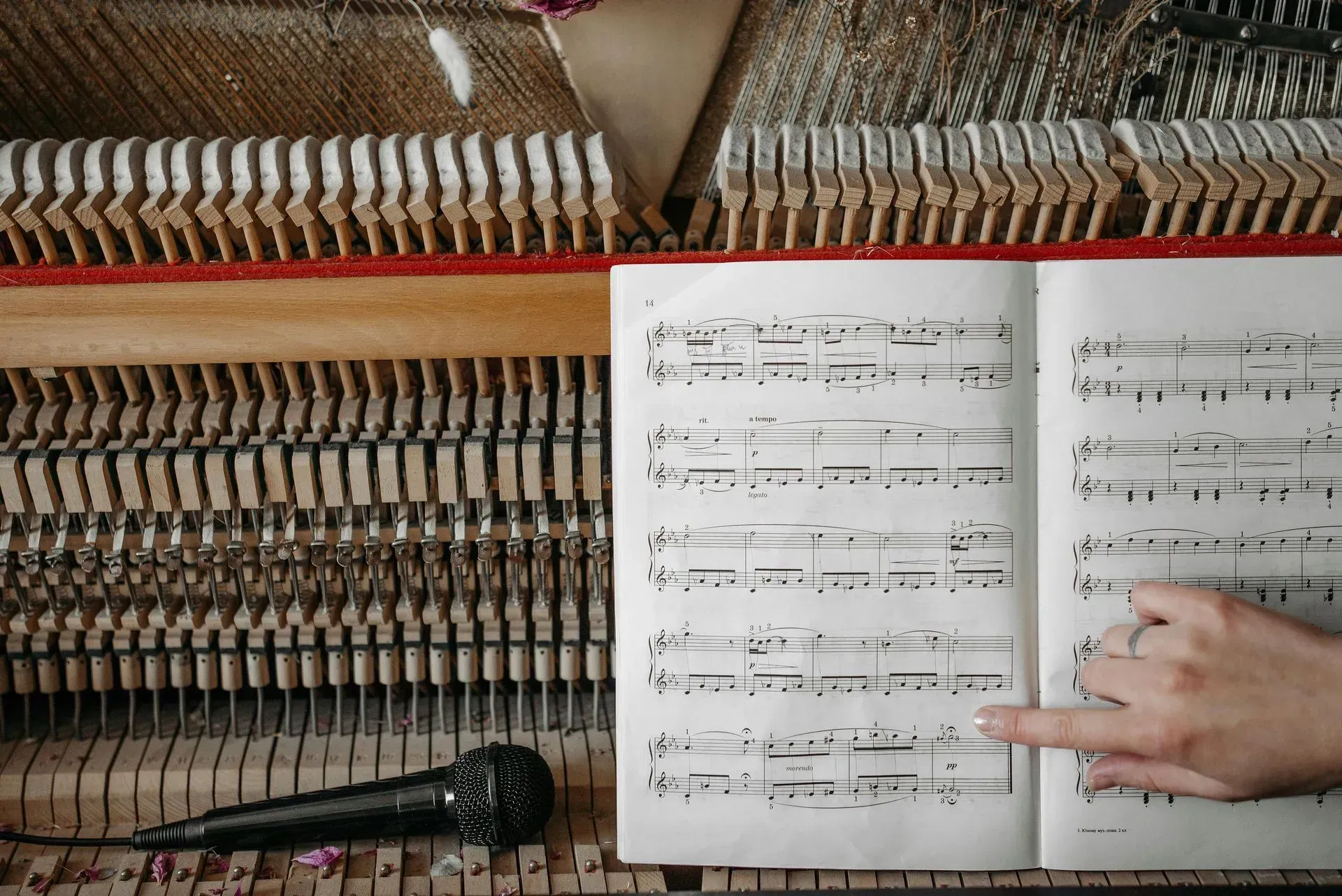The 4-Chord Song
You may have heard this term before, and it can basically mean any song that is partly or entirely made up of a repeated progression of four chords. These chords could be anything, but if you were to bet on it the best odds are that it’s a I V VI IV (1 5 6 4) progression. Don’t worry, you don’t have to be a music theory master to understand this concept, but here’s a super quick lesson. If you’re getting a little glossy-eyed feel free to skip to the end!
We can do this in any key, but let’s start with C. In the key of C (which simply means all the white keys on the keyboard, no sharps or flats) C is considered the I chord. Then you just count up the seven musical letters (A-G in English)
C, D, E, F, G… G is V.
C, D, E, F, G, A… A is VI. The VI is usually a minor chord, for reasons I won’t go into now.
C, D, E, F… F is IV
Your chords for this progression are: C, G, Am, F. Repeat, repeat, repeat. Depending on what rhythmic style you give these chords you may start to hear a familiar song already! That’s because thousands of songs use this exact progression. It could be in a different key, it could start on the minor VI chord, but essentially it’s the same progression each time.
That’s a pretty friendly key on piano, but for beginner guitarists F can be just a little tricky physically. So let’s try the key of G. Same process.
G is I
G, A, B, C, D… D is V
G, A, B, C, D, E(minor) is VI
G, A, B, C… C is IV
This is much more friendly for open guitar chords… G, D, Em, C
Here is the same progression in a few common keys for this type of profession (but again, you can do it in ANY key)
Key of C: C, G, Am, F
Key of G: G, D, Em, C
Key of D: D, A, Bm, G
Key of A: A, E, F#m, D
Key of E: E, B, C#m, A
If you need any proof of how useful this progression is to learn there are many articles online about this very progression, including on Wikipedia, and lists of songs that use this progression. Just search “I V VI IV progression” and fall into the rabbit hole. But you can also see and hear in real time the power of learning this progression by watching a single video on YouTube, and that is “4 Chord Song, by Axis of Awesome”. It’s a funny, entertaining, yet very informative video in which the band plays 30 or so songs (I didn’t actually count) in about five minutes while repeating the same four chords over and over and never breaking stride. It’s brilliant. PARENTS: There is a little swearing in the live version on YouTube, so maybe stick to the studio/music video version with the younger ones.
If you need help learning and utilizing these chords on your instrument just ask your teacher. In the meantime have fun exploring!






